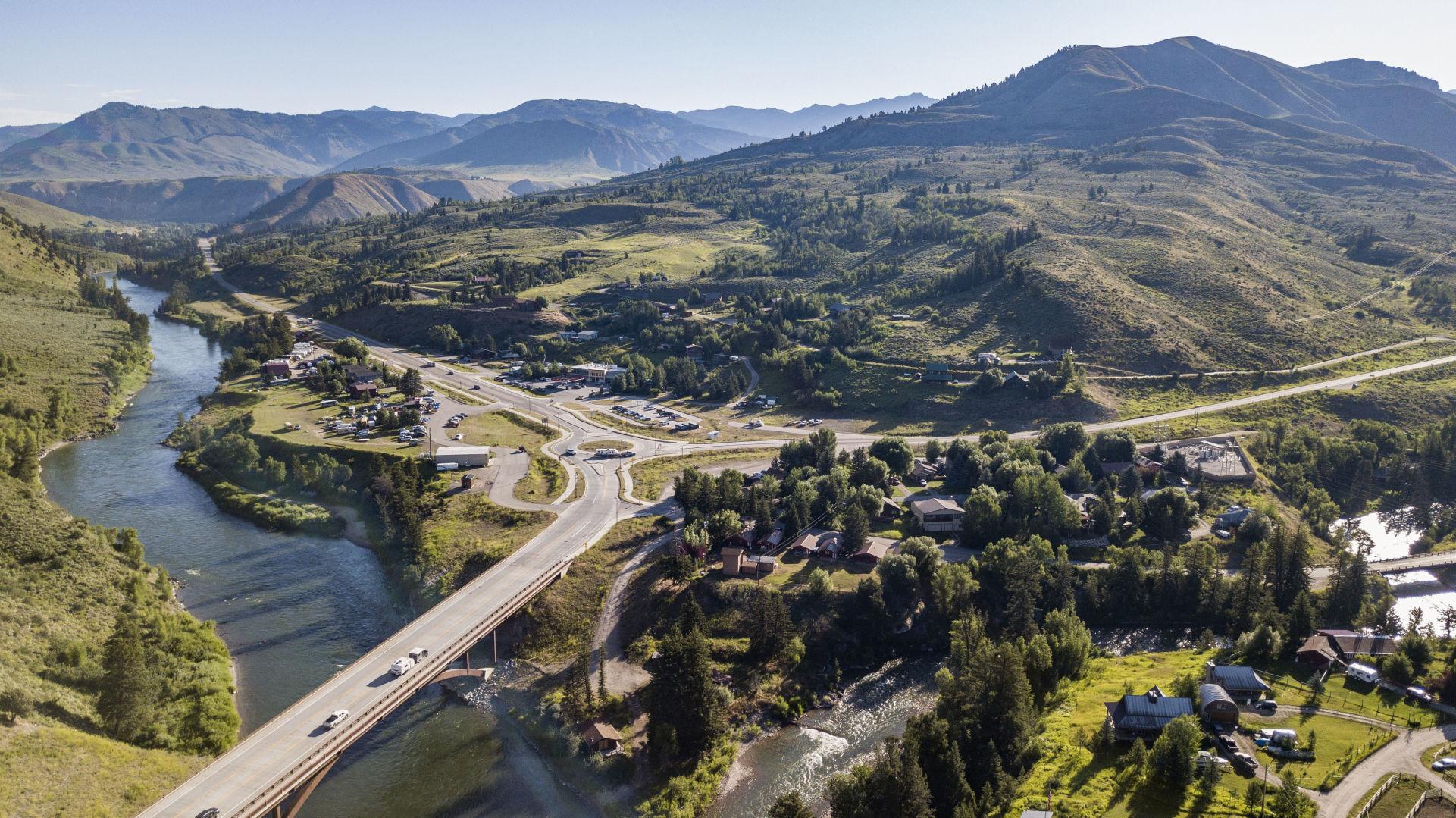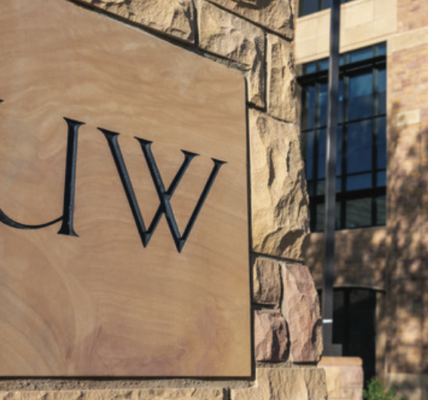
By Timothy J. Woods
Jackson Hole News&Guide
Via- Wyoming News Exchange
JACKSON — After years of construction, which followed nearly two decades of environmental planning and design, the end of the U.S. Highway 89 construction project south of Jackson is in sight.
Some change orders have bumped the anticipated completion date back from July 2022 to November 2022, but Wyoming Department of Transportation engineer Bob Hammond said those types of things are to be expected on a project of this scale.
“We’ve had a few different things go on there,” Hammond said. “Probably the largest one was we were doing some cutting and we activated a landslide that we didn’t think we would. That happens when you’re doing cutting of embankments and things in the mountains. And so we had to do a change order to do some extra work to haul in material to build a buttress at the bottom of that slide to keep it in place.
“And to do that, you have to take manpower and equipment away from something else that’s going on. And so that just means adding some time at the end of the contract.”
Hammond said there were two other unforeseen landslides that happened lower down, underneath much of the work above, that also slowed progress.
WYDOT spokesperson Stephanie Harsha added that supply-chain issues have also contributed to delays on the Highway 89 project, as well as others the department is working on.
“That’s been an issue on multiple projects,” Harsha said. “I would venture to guess statewide, but definitely in this district. We’ve had issues with getting materials and getting them on time due to some shortages in certain industries.”
The cost of the project was originally set at $67 million. But the change orders and accompanying additional work hours have run the tab to just over $70 million, which is the most expensive WYDOT has ever let, according to Hammond and Harsha.
“I think we came in close to 67.5 million dollars at bid, and we’ve probably added close to $3 million worth of work to that contract for change orders,” Hammond said. “So we’re over $70 million, and we’re only building 3 1/2 miles of highway. So there’s a lot going on in this little 3 1/2 miles.”
Harsha noted that of all that is happening on that 3 1/2-mile stretch, much of it goes unseen by the average person driving that stretch, just trying to get from Point A to Point B.
“A lot of that work takes place unseen by the general public, you know, a lot of those retaining walls, dirt work; there’s a lot of extensive work that went into that,” she said. “Most people just generally see the paving because that’s what impacts traffic the most. But the project, because of its complexity, with retaining walls, wildlife underpasses, bridge work, that sort of thing; that’s the kind of work that you don’t necessarily see when you go by.”
But now that the construction has progressed, there is plenty for the general public to see and be proud of, Hammond added, though he acknowledged that there was a lot of unseen work that went into it. The retaining wall on the side of Munger Mountain was one example Hammond offered, but the new Snake River bridge is a real point of pride.
“People have now been able to see and drive on the new Snake River bridge, but there’s a lot of work that goes on underneath the bridge to get up to that point,” the engineer said. “And to do that in stage construction, it takes a couple of different years to do that because we have to maintain the traffic over the river. So we utilized the old bridge while we built half of the new bridge. And then once we got [vehicles] traveling on that half of the new bridge, we could tear down the old bridge and build the other half up. So that takes a couple years to do.”
When all is said and done, drivers, bicyclists and wildlife are sure to appreciate the final product. South Highway 89 will be four lanes wide over the Snake River’s South Park bridge, with two lanes of traffic in each direction, and will maintain that width until the Henry’s Road bridge. Heading farther south toward Hoback Junction, the highway will narrow to three lanes, two of which will be designated for northbound traffic. Paralleling the entire 11-mile highway — from Smith’s to Hoback — will be a paved pathway.
There will also be an elaborate wildlife crossing network, with fences, dozens of cattle guards, underpasses and retrofitted bridges throughout the entire length of the project.
Hammond, who has been employed at WYDOT for 25 years and has lived in Jackson Hole for 30, has worked on a number of fascinating projects over the course of his career. He lists among his favorites the Snake River Canyon road construction and the arch bridge in Hoback Junction, which he said is the only arch bridge in the state’s highway system.
But the ongoing Highway 89 project ranks at the top of his list, and not simply for the obvious reasons that might come to mind, such as helping people move more freely and easily from one place to another.
“I would say this is probably the best project to work on. … Once we’re done we’ve included a lot of great portions of this project, a lot of people have put money into this, not only for people to safely travel back and forth, whether they’re going to Pinedale or down to Star Valley,” Hammond said. “But we put in some great effort for pathways along with the county and their support and along with some nongovernmental organizations to work on where these wildlife crossings are and to get the fencing put up.
“It’s been really great to work with everybody to find the right locations to have these amenities for safety for animals and people and cyclists all throughout [the project] and into the future of the valley.”






